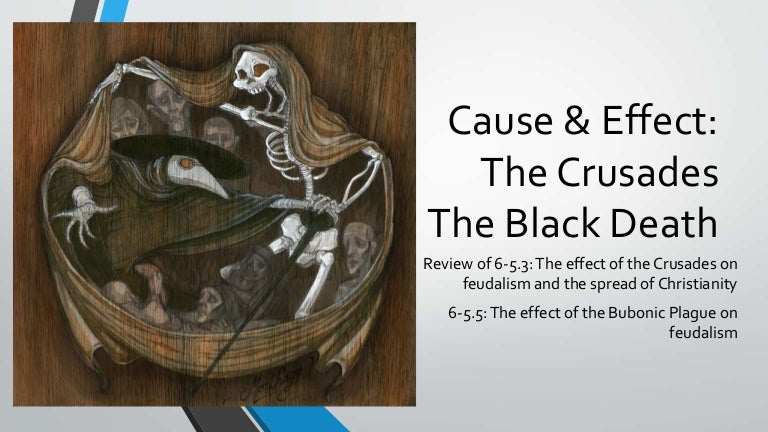3 Results Of The Crusades

Results Of The Crusades
I really don't want an explanation, just a list of 3 outcomes.I seriously forgot about all this since we've been covering other things in Global History class and now I have a midterm on it so I'm trying to complete my review sheet (No review sheet = no test). Fourth Crusade begins: July 17, 1203: Crusaders invade and sack Byzantine capital of Constantinople, naming Alexius IV as ruler: April 12, 1204: Crusaders take Constantinople and make Byzantine lands into a Latin Empire: 1209-1229: Albigensian Crusade turns against heretics at home in southern France: 1212: Children's Crusade begins and ends in. Prompts About the Results of the Crusades: Essay Prompt 1: Write an essay of one to two pages that explains how the concept of violence evolved among Christians during the First Crusade. The First Crusade, 1095-1099. The First Crusade began on November 27, 1095, with a proclamation from Pope Urban II delivered to clergy and lay folk who had gathered in a field in Clermont, central France.




3 Results Of The Crusades
The crusades were a major event in the Middle Ages and had a profound impact on the world at the time. For example, one of the first major impacts of the crusades was that it increased interaction between different societies and groups of people. For instance, the crusades caused the religions of Christianity, Judaism and Islam to clash. In this conflict, people of all faiths travelled vast distances to fight over the city of Jerusalem, which each faith considered important to its religious heritage. This clash of religious ideals caused a sharing of ideas between the different religious groups and helped the principles of each religious faith to spread into new areas. Arguably, the clash between these three religions and this area of the world continues still today. Beyond religion, the interaction between different groups of people led to a spread of scientific and philosophical knowledge. The existence of the Silk Road had already caused a massive spread of ideas and knowledge across Eurasia, but the crusades continued and expanded the trend. At the outbreak of the crusades in the 11th century, the Middle East was a major center of learning and knowledge. Due to its geographical location, the major Middle Eastern civilizations were at the crossroads of the Silk Road and therefore benefitted greatly from having access to both European and Asian knowledge. As such, when European crusaders came into contact with Middle Eastern peoples they were exposed to new ideas and inventions which eventually made their way back into European society. For example, the Europeans learned new understandings about mathematics from Middle Eastern mathematicians who were by far the most advanced at that time. Also related to knowledge, the different societies involved in the crusades were exposed to each other’s culture. This meant that each side learned new understandings about food, cultural practices and celebrations.




